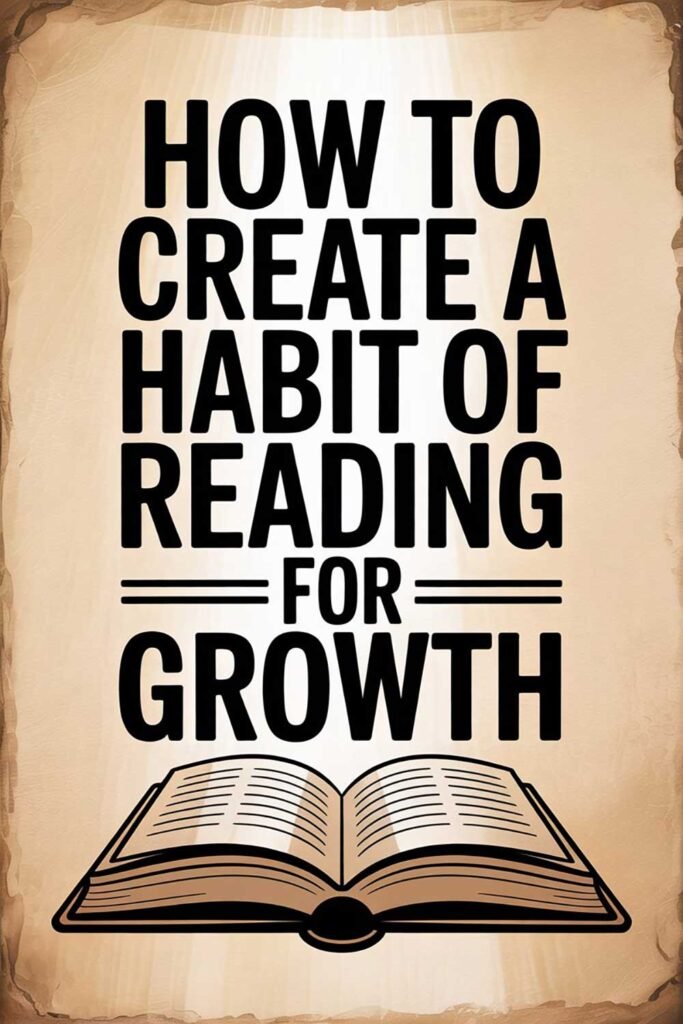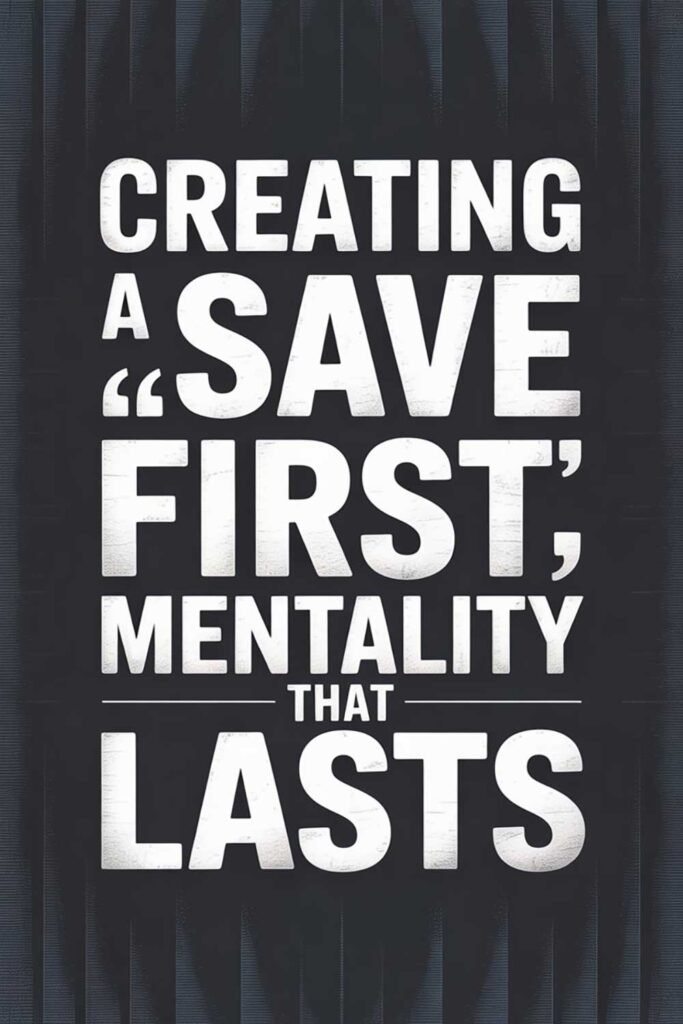The 50/30/20 Rule: Is It Right for You?
Budgeting can feel like trying to solve a puzzle with missing pieces. You know you need to save, spend less, and avoid debt—but how? The 50/30/20 rule offers a simple, flexible, and effective way to manage your money without drowning in spreadsheets. But is it the right budgeting strategy for you?
In this guide, we’ll explore what the 50/30/20 rule is, how it works, its pros and cons, real-life examples, and how to know if it fits your financial life.
What Is the 50/30/20 Rule?
The 50/30/20 rule is a budgeting method that divides your after-tax income into three main categories:
- 50% Needs: essentials like rent, groceries, utilities, insurance, transportation, and minimum debt payments
- 30% Wants: dining out, entertainment, subscriptions, shopping, travel
- 20% Savings & Debt Repayment: emergency fund, retirement, investments, or extra debt payments
It was popularized by Senator Elizabeth Warren in her book All Your Worth: The Ultimate Lifetime Money Plan.
Why It Works
The beauty of the 50/30/20 rule is in its simplicity. It doesn’t require micromanaging every dollar—just big-picture awareness.
Benefits include:
- Easy to remember
- Encourages balance between living and saving
- Adaptable to most income levels
- Helps prioritize needs vs. wants
Real-life example:
Heather, a single mom working full-time, felt overwhelmed by budgeting apps. She switched to the 50/30/20 rule and found it easier to plan and stick to her goals.
How to Calculate It
Let’s say your monthly after-tax income is $3,000:
- 50% Needs: $1,500
- 30% Wants: $900
- 20% Savings/Debt: $600
You can use a simple calculator or spreadsheet to break this down. Adjust based on income increases or changes in priorities.
What Falls Into Each Category?
1. Needs (50%)
These are non-negotiables:
- Rent or mortgage
- Basic groceries
- Health insurance
- Transportation (gas, car payment, transit)
- Minimum loan payments
2. Wants (30%)
These are flexible and lifestyle-based:
- Dining out
- Entertainment and hobbies
- Travel
- Streaming services
- Shopping for non-essentials
3. Savings/Debt (20%)
These focus on future financial health:
- Emergency fund
- Retirement accounts (IRA, 401k)
- High-interest debt payments
- Investing
Real-life example:
Marco, a recent college grad, started using the 50/30/20 rule and put $600 a month toward student loan overpayments and savings. He paid off $7,200 in one year.
Pros and Cons of the 50/30/20 Rule
✅ Pros:
- Simplicity makes it sustainable
- Gives room for guilt-free spending
- Encourages consistent saving
- Great for beginners and busy people
⚠️ Cons:
- May not work for low-income households where needs exceed 50%
- Doesn’t provide granular tracking for detailed goals
- Some debt-heavy individuals might need to allocate more to savings or debt
Real-life example:
Dana, who lives in a high-cost city, found her rent alone took up 60% of her income. She adjusted her categories to 60/20/20 to make it work.
How to Know If It’s Right for You
Ask yourself:
- Do I want a simple, flexible system?
- Do I understand the difference between needs and wants?
- Am I overwhelmed by complicated budgets?
If yes, the 50/30/20 rule can help you build structure without rigidity.
How to Customize It
Life isn’t one-size-fits-all. Adjust as needed:
- 60/20/20 for high-need situations
- 40/30/30 for aggressive savers
- 50/20/30 if you’re prioritizing debt repayment
Use the framework as a guideline, not a prison.
Real-life example:
Kelsey, an entrepreneur with inconsistent income, applies the rule to her average monthly income. During high-income months, she boosts savings to 30%.
Tools to Help You Stay on Track
- Budgeting apps: YNAB, Mint, EveryDollar
- Google Sheets templates
- Envelope system (for cash users)
- Automatic savings transfers
Real-life example:
Bryan uses a 50/30/20 spreadsheet to track his spending monthly. It takes 20 minutes a week and helps him hit his savings goals.
20 Quotes About Money, Balance, and Budgeting
“A budget is telling your money where to go instead of wondering where it went.” – Dave Ramsey
“Do not save what is left after spending, but spend what is left after saving.” – Warren Buffett
“It’s not your salary that makes you rich, it’s your spending habits.” – Charles A. Jaffe
“Beware of little expenses; a small leak will sink a great ship.” – Benjamin Franklin
“You must gain control over your money or the lack of it will forever control you.” – Dave Ramsey
“Don’t tell me what you value. Show me your budget, and I’ll tell you what you value.” – Joe Biden
“Simplicity is the key to brilliance.” – Bruce Lee
“The art is not in making money, but in keeping it.” – Proverb
“Richness is not about what you have, but what you can live without.” – Unknown
“Save money, and money will save you.” – Jamaican Proverb
“You can’t manage what you don’t measure.” – Peter Drucker
“Success is not in what you have, but who you are.” – Bo Bennett
“Frugality includes all the other virtues.” – Cicero
“Live below your means so you can live above your expectations.” – Unknown
“The goal isn’t more money. The goal is living life on your terms.” – Chris Brogan
“Do not go into debt to impress people who don’t care about you.” – Unknown
“Budgeting isn’t about limiting yourself—it’s about making the things that excite you possible.” – Unknown
“Financial freedom is freedom from fear.” – Robert Kiyosaki
“You don’t need more money. You need better money habits.” – Unknown
“The best investment you can make is in yourself.” – Warren Buffett
🧠 Picture This
Imagine checking your budget and seeing that your bills are paid, your savings are growing, and you still have guilt-free spending money left. You’re not guessing anymore—you’re guiding your money with intention. The 50/30/20 rule didn’t just organize your finances. It simplified your stress. Now, your budget is clear, your goals are reachable, and your future looks brighter every month.
What would your life look like if your money finally made sense?
💬 Please Share This Article
If this guide helped you understand or improve your budgeting, please share it with someone who could benefit. You might just change their financial future.
⚠️ Disclaimer
This article is for informational purposes only and based on general financial practices and real-life examples. It is not financial advice. Always consult with a certified financial advisor before making major budgeting or money management decisions.






